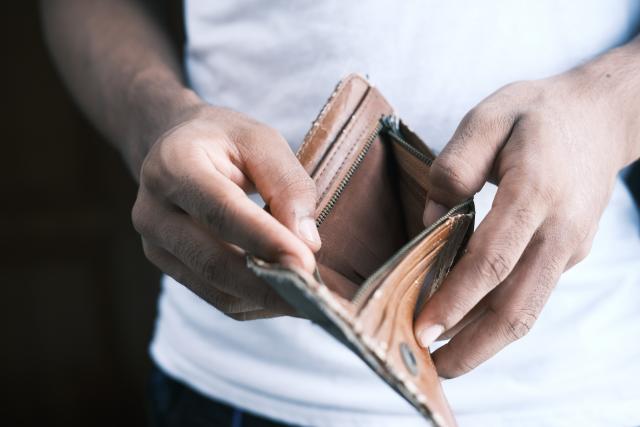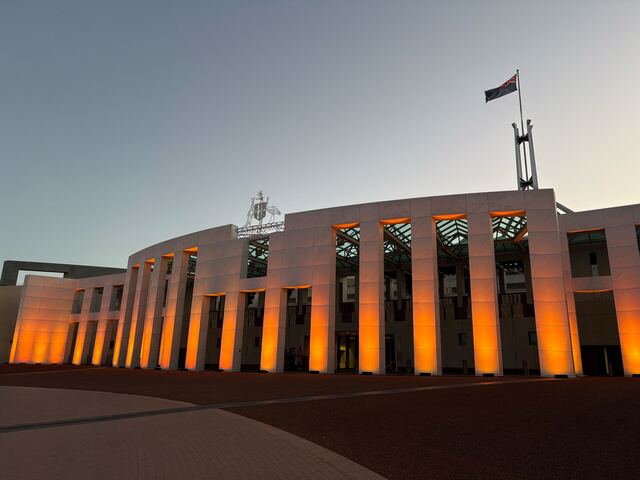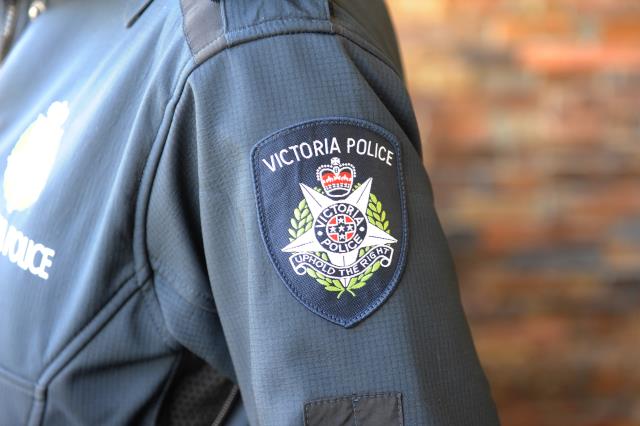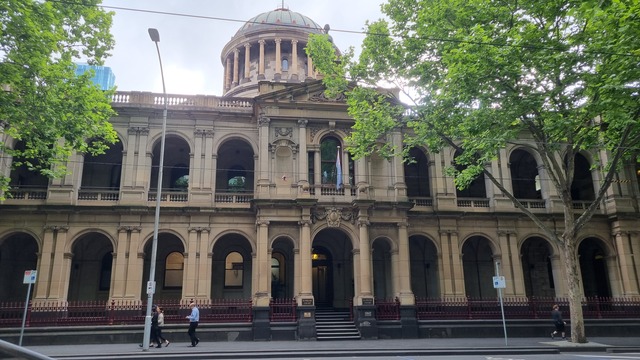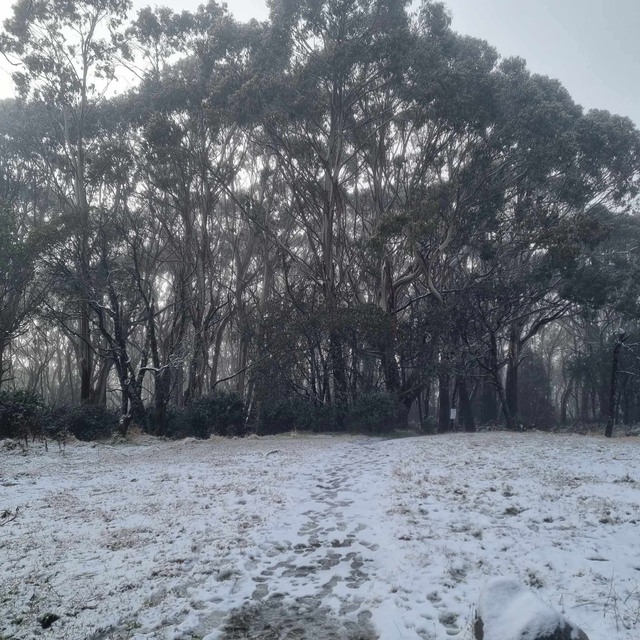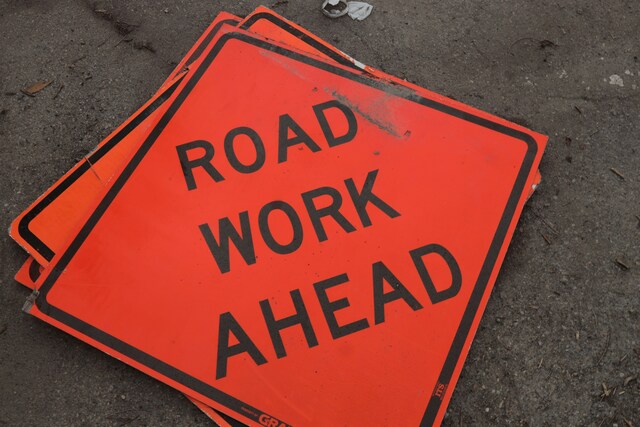In the Reserve Bank of Australia’s final meeting until February 2023, it has raised interest rates for the final time in 2022 by .25 basis points to 3.10 per cent, as Australians continue to find making ends meet more difficult.
After a meeting by the RBA board on Tuesday 6 December, Governor Phillip Lowe said the rate of inflation in Australia is too high.
“A further increase in inflation is expected over the months ahead, with inflation forecast to peak at around 8 per cent over the year to the December quarter,” he said.
“Inflation is then expected to decline next year due to the ongoing resolution of global supply-side problems, recent declines in some commodity prices and slower growth in demand.”
Governor Lowe also said the unemployment rate declining to 3.4 per cent in October was the lowest rate since 1974. The cash rate is at its highest since November 2022.
The cash rate represents the interest rate on unsecured overnight loans between banks and serves as the benchmark rate for mortgages, savings accounts and exchange rates. Inflation is the increase in the cost of goods and services bought by households.
The continuous rise in the cost of maintaining a mortgage over the past year has contributed to a cost of living crisis in Australia, with 44 per cent of 1054 people who responded to a Finder survey saying they are running out of money before payday.
Head of consumer research at finder Graham Cooke said the rise in mortgage rates has been a “huge amount of extra money for mortgage holders to fork out.”
“The current series of rake hikes has added almost $11,000 to the annual cost of a $500,000 mortgage,” he said.
“Renters are also doing it tough; vacancy levels are at record lows and the latest Rental Affordability Index shows all capital cities saw a drop in affordability in this year.”
On Monday 28 November, Governor Lowe apologised “if people listened to what we said and on what we’d said and now regret what they have done” in regards to his guidance in February 2021 that interest rates wouldn’t increase the cash rate until 2024.
“If I can just take you back to the situation we were facing in 2020 and 2021, the country was in a dire situation. At the Reserve Bank we wanted to do everything we could to help the country get through that,” he said.
“My language was always caveated. I thought it was clear, from the central bank kind of perspective, but the community didn’t think it was clear. They thought it was clear that we weren’t raising rates till 2024. That’s a failure on our part.”
According to the OECD’s Economic Outlook report for November, elevated inflation has eroded Australian households’ purchasing power.
“The recovery from the pandemic continued in the second quarter of 2022, with growth driven by strong domestic and export demand. High-frequency indicators suggest that household consumption has slowed somewhat in recent months,” it said.
“The labour market has tightened considerably, with the unemployment rate remaining at 3.5 per cent in September, a historically low level. Labour shortages are rife, with employment and participation rates near all-time highs.”

